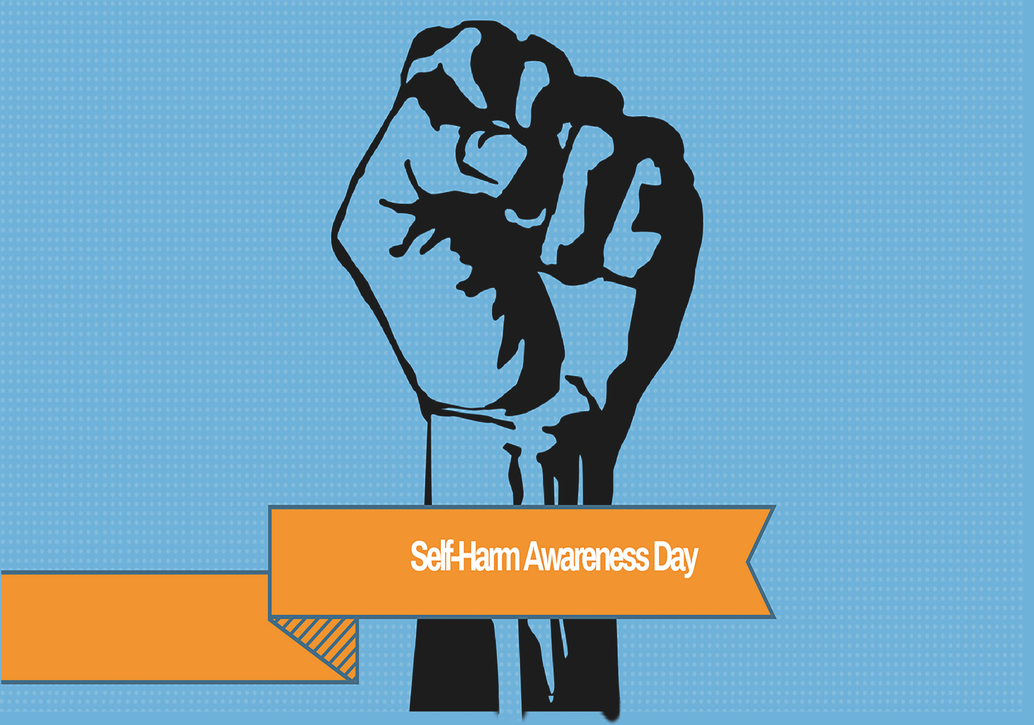By Megan Larson
Non-suicidal self-injury (NSSI), otherwise known as self-harm, is not a mental illness in itself. Rather, it is a sign of inadequate adequate coping skills. It involves behaviours in which a person intentionally harms themself and is a sign of mental distress.
Here are some common myths and misconceptions about self-harm, debunked. Only Teenage Girls Do It. Self-harm can affect anyone. While it is true that most people who self-harm begin engaging in these behaviours during their teen and young adult years, self-harm can occur at any stage of life and can happen to anyone.
Self-Harm is Only Cutting.
NSSI does include cutting, but it also encompasses behaviours such as hitting, burning or biting oneself. Cutting is the most well-known and visible form of self-harm, and the one that is most often portrayed in the media.
People Do it for Attention.
A sense of guilt and shame often accompanies self-injurious behaviour. This can lead to a vicious cycle in which a person self-harms, feels shame and guilt, and then self-harms again to deal with that emotional pain. There is a stigma attached to NSSI, so people do their best to hide it. Even if a person is engaging in self-harm with the hope that someone will notice, this is in an effort to form an emotional connection that conveys the struggle that individual is going through. It is a search for support, not attention.
Self-Harm is a Suicide Attempt.
NSSI is, by definition, non-suicidal. People who self-harm are trying to make themselves feel better, not to end their life. It’s a method of coping with life so that the individual can continue living through the emotional pain they are experiencing, not escape it through death. However, while self-injury is not a suicide attempt, it may increase the risk of an attempt in the future.
It’s Something You Can Outgrow.
Self-harm is not a stage a person goes through. Some people engage in self-injury intermittently throughout their lives, stopping and then starting again. Others do it for several years and then find better coping skills that allow them to stop. There is no predictor for someone stopping NSSI.
Megan Larson, a 2018 UCLA graduate, is a passionate mental health advocate who hopes to become a social worker. She has served on the Active Minds Student Advisory Committee and as an intern at the national office. The original version of this article appeared on the Active Minds Blog (activeminds.org/blog).














